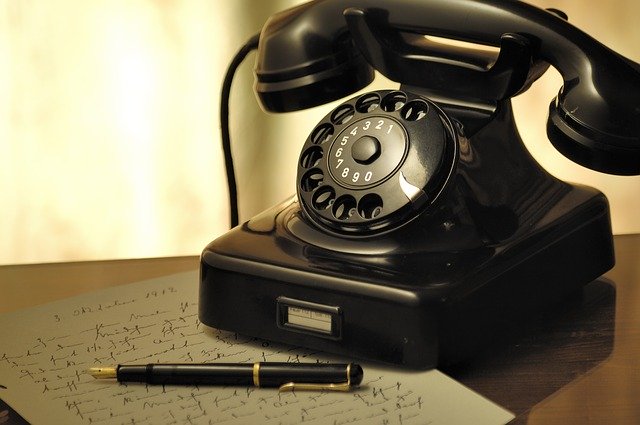
Not all B2B buyers whom you call will answer their phone. Some reports indicate that cold calling has an average success rate of just 1% to 2%, meaning you can expect to reach one or two buyers out of every 100 whom you cold call. You can always leave a voicemail if a buyer doesn't answer. Unfortunately, though, the buyer may not call you back. If you're experiencing a poor callback rate with your voicemails, you should investigate your sales strategy to determine why buyers aren't calling you back.
#1) Your Voicemails Are Too Long
The length of your voice mails will influence whether buyers call you back. According to a report by Sales Hunter, the ideal length for a B2B voicemail is just eight to 14 seconds. That's obviously not much time to pitch your B2B company's products or services -- but that shouldn't be your primary focus when leaving a voicemail. Assuming you're calling a new buyer with whom you've had no prior contact, you should really just touch base during the voicemail by explaining who you are and what your B2B company does. Regardless, keep your voicemails short to attract more callbacks and greater sales success.
#2) You Aren't Talking Loudly or Clearly Enough
It's important to talk both loudly and clearly when leaving voice mails for buyers. Of course, it's difficult to tell how you sound from a buyer's perspective when leaving a voicemail. You may think you are talking loud and clear when in reality you aren't. How do you overcome this challenge then? For starters, you can experiment by leaving "test" voicemails on a colleague's or coworker's phone. Just call the colleague or coworker, and when it goes voice mail, leave your message. You can then ask your colleague or coworker to play it back for you.
In addition to testing voicemails, consider wearing a headset. Headsets consist of a microphone, as well as speakers, that will project your voice more clearly. Your voicemails will sound better when created via a headset rather than a standard phone. As a result, wearing a headset may compel more buyers to call you back. Just remember to talk loudly and clearly when leaving voicemails.
#3) You're Leaving Voicemails for Gatekeepers
Even if you think you're leaving a voicemail for a buyer, you could be leaving it for a gatekeeper. In the B2B industry, gatekeepers are receptionists and other low-level workers who server as an intermediary between C-level executives and their respective clients, customers or vendors. They are called "gatekeepers" because they hold the key to reaching C-level executives. If you leave a voicemail on a gatekeeper's phone, he or she may forward your message to the appropriate C-level executive. Alternatively, the gatekeeper may simply delete or ignore your voicemail, in which case you won't get a callback.
For some helpful tips on how to get past the gatekeepers, check out our previous blog post here. Gatekeepers are often viewed as the Achilles heel for sales reps, but there are ways to get around them. And if you're able to get past the gatekeepers, you'll experience a higher callback rate with your voicemails.
#4) You Didn't Leave Your Contact Information
You can't expect a buyer to return your call unless you include your contact information in the voicemail. Granted, most people today now have caller ID -- and B2B buyers are no exception. They can see the phone number from which you called by checking their phone. Nonetheless, it's always a good idea to leave your contact information directly in the voicemail itself. State your name, the B2B company for which you work and your phone number. Some sales reps even mention their contact information twice in voicemails: once in the beginning at a second time at the end.
#5) You're Automating Your Voicemails
There are some sales tasks you can automate, but leaving voicemails isn't one of them. Robocalls are problematic for B2B buyers because they often consist of spam, which deters buyers away from their day-to-day work activities. To ensure buyers don't mistakenly identify your voicemail as a robocall, you'll need to leave it manually. Using any type of automated system to create and leave voicemails will only result in more buyers perceiving your voicemails as robocalls, in which case you'll experience a low callback rate.
#6) You Aren't Completing Your Voicemails
When leaving a voicemail, listen closely to the buyer's voicemail system to determine whether any additional action is needed on your part to complete it. Depending on the buyer's voicemail system, you may be required to press one or more buttons on your phone to complete the voicemail. Some voicemail systems, for instance, require you to press the number "1" or "2." If you hang up without pressing the required number on your phone, your voicemail will be deleted. Therefore, the buyer won't return your call.
#7) You're Calling at the Wrong Time
The time of day when you leave a voice may affect whether the buyer returns your call. According to HubSpot, B2B sales reps experience the greatest success when leaving voice mails near the end of the day. This makes sense considering that B2B buyers are typically busy running their own businesses during the morning and midday hours. So, rather than calling buyers early, wait until later in the day. By waiting until the end of the day, buyers are more likely to listen, as well as respond to, your voice mails.
#8) There's No Sense of Urgency
Without a sense of urgency, most buyers won't call you back after listening to your voicemail. Even if a buyer is interested in your B2B company's product or service, he or she may continue to postpone calling you back. A sense of urgency, of course, encourages buyers to take action more quickly so that they don't miss out on the opportunity to do business with your B2B company. If you don't create a sense of urgency in your voicemails, buyers may not return your call.
#9) You're 'Winging' It
Don't attempt to wing your voicemails. Instead, prepare a script ahead of time. You can still adjust your script as needed, but completely winging a voicemail as never a good idea. You may end up spacing out your words too much. With a long delay between your words, the buyer may become disconnected and stop listening. On the other hand, the buyer may simply hang up without listening to the end. You'll experience more callbacks if you prepare and use a script when leaving voicemails. A script servers as a transcript to ensure your voicemails are coherent, concise and, therefore, effective.
#10) You Aren't Personalizing Your Voicemails
Failure to personalize your voicemails will likely result in a low callback rate. Without any personalization, a buyer may identify your voicemail as a spam call. And if a buyer perceives your voicemail as spam, the chances of him or her returning it are slim to none. To attract more callbacks, personalize your voicemails by explicitly mentioning the buyer's name. Starting a voicemail with "Hello, John" will immediately capture the buyer's attention. The buyer will likely listen to your voicemail until the end, and since it's personalized, the buyer will be more likely to return your call.
Now you have the tools to leaving great voicemails. Let's use it to get you into the right account. Project Reports are identified project at a given company. They are a great way to fill your pipeline and focus on opportunities that are actively seeking solutions. Take a look here. Now, you can make meaningful calls with tailored voicemails that can lead to filling your sales funnel with qualified sales leads.
What to learn more? Get in Touch
Latest Posts
-
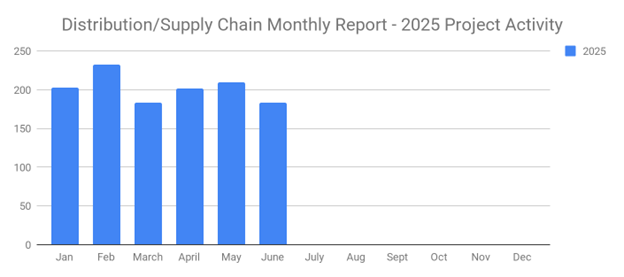
June's New Distribution and Supply Chain Planned Projects Return to March’s 183 Confirmed Figure
-
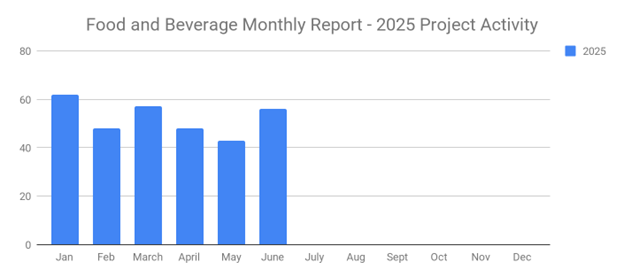
Food and Beverage Rebounds with 56 New Planned Projects Igniting Growth After Decline
-
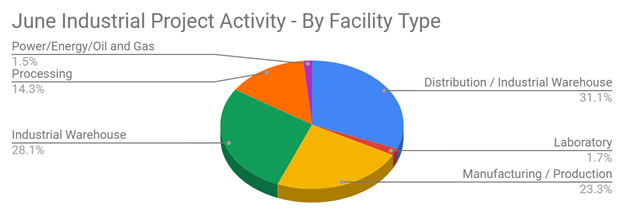
June 2025’s New Industrial Construction Projects Grew 7% Month-Over-Month
-
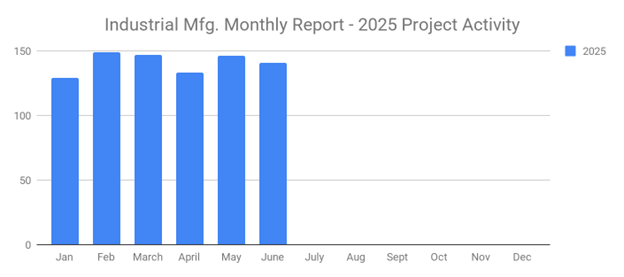
Q2 Industrial Manufacturing Soars 31% for Planned Projects Over $100M; June Planned Industrial Projects Hit 141

